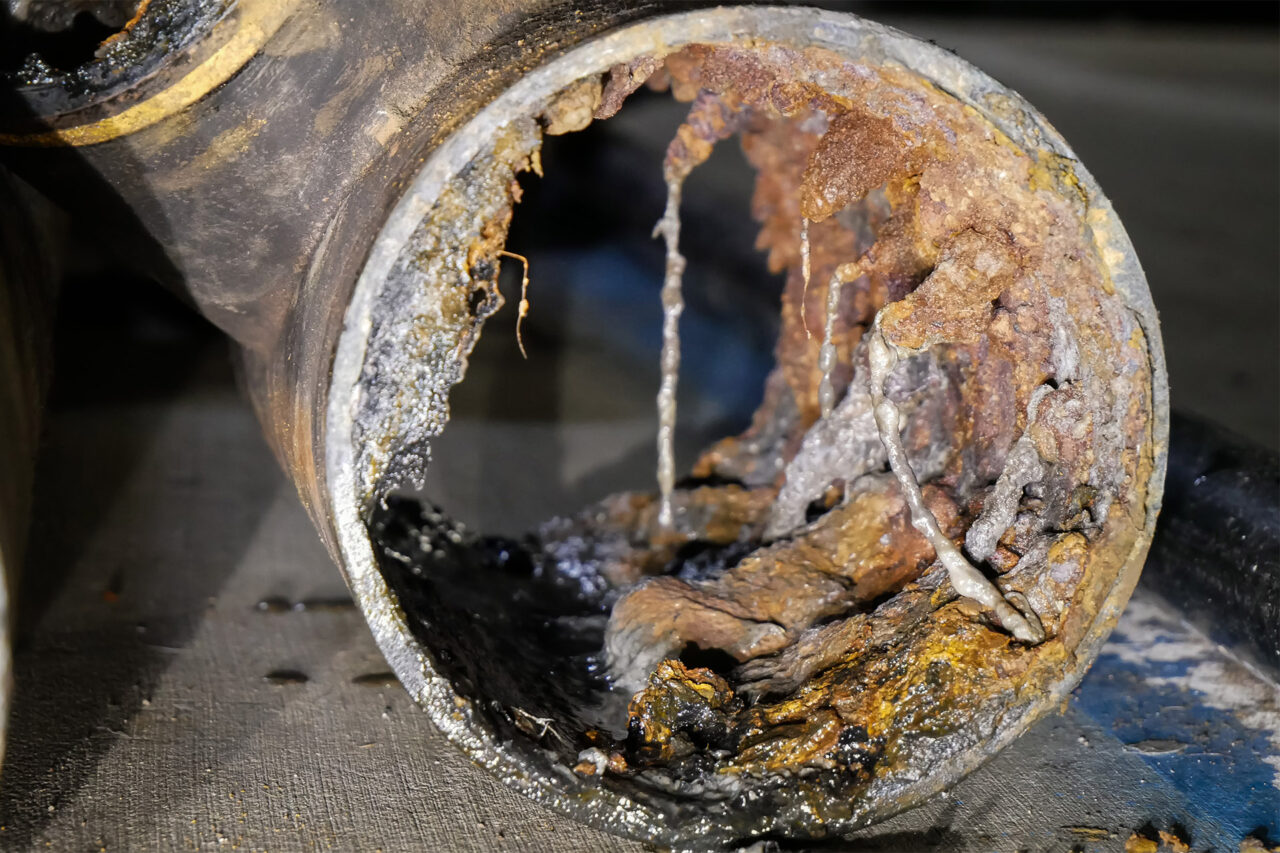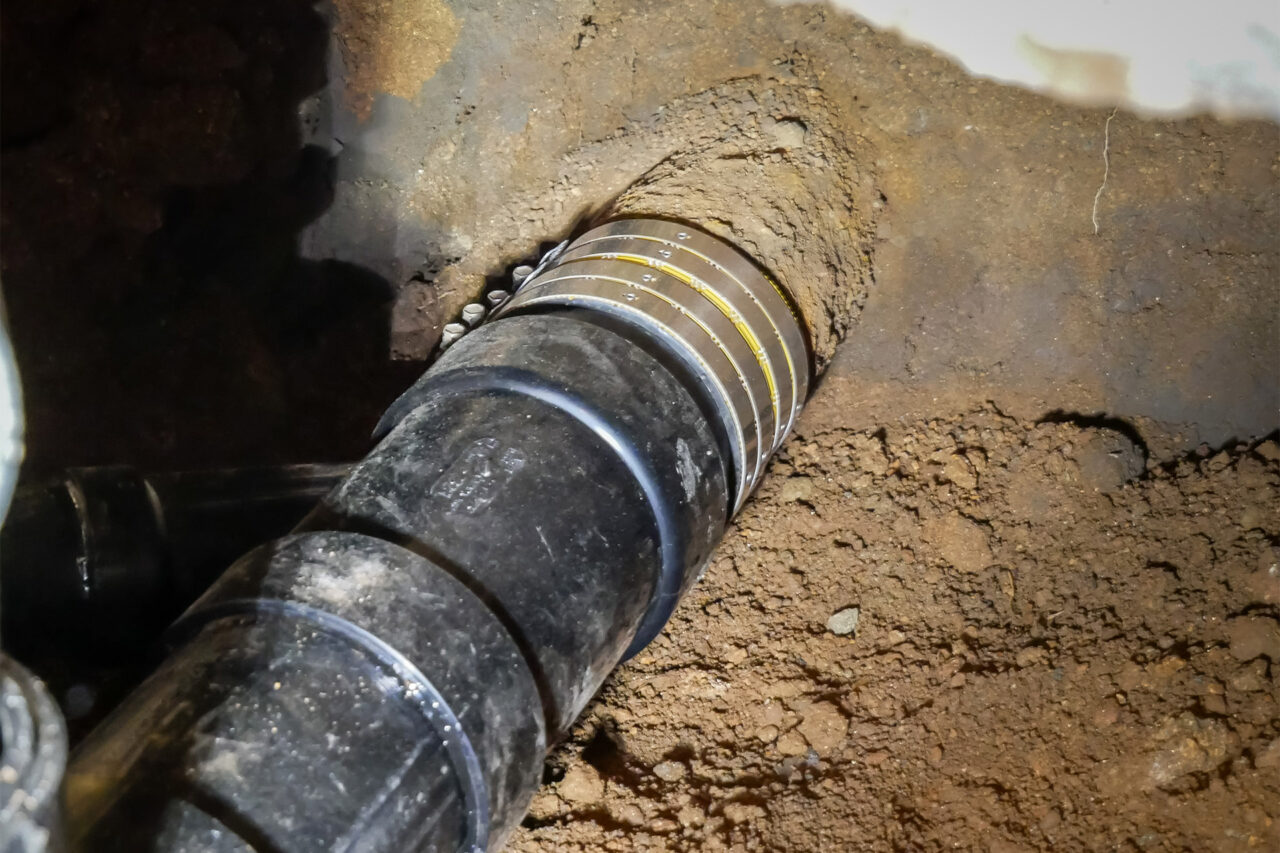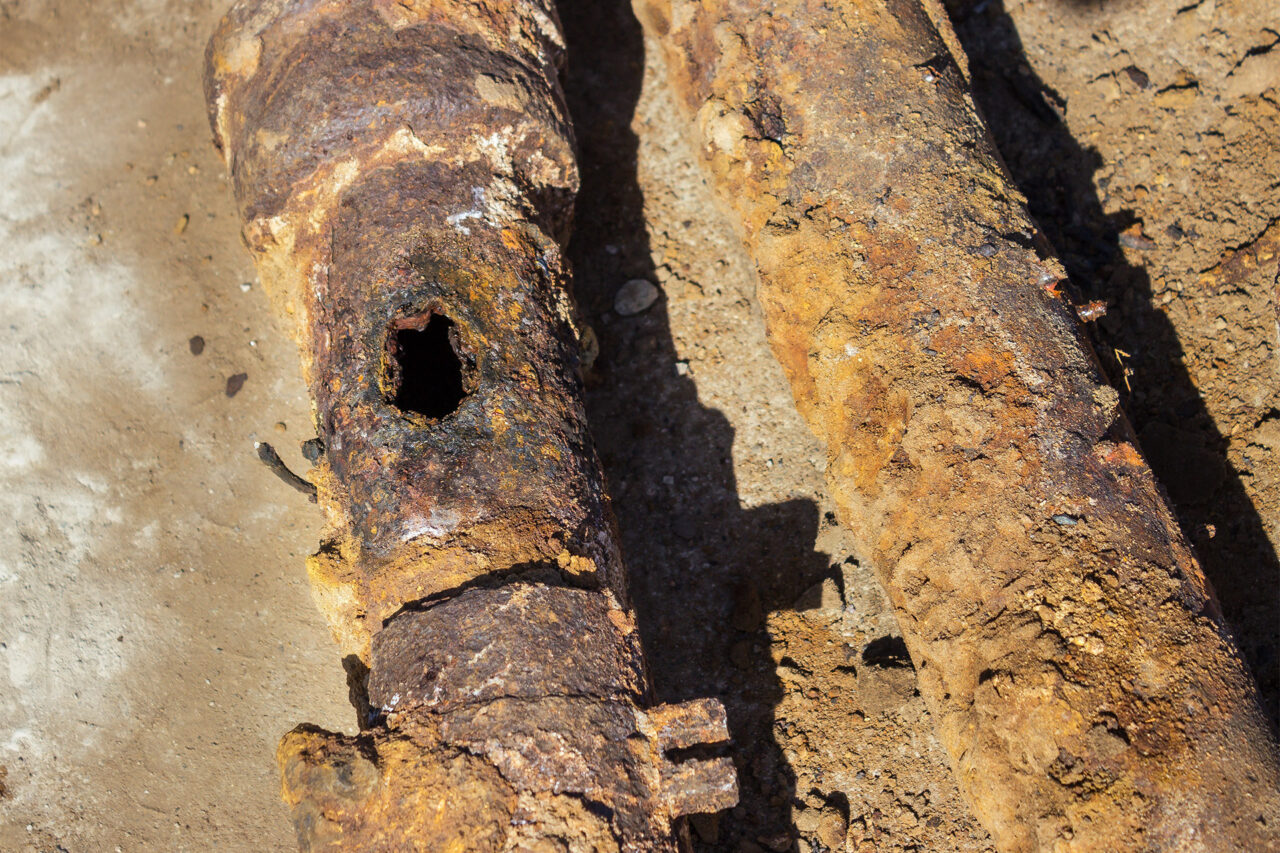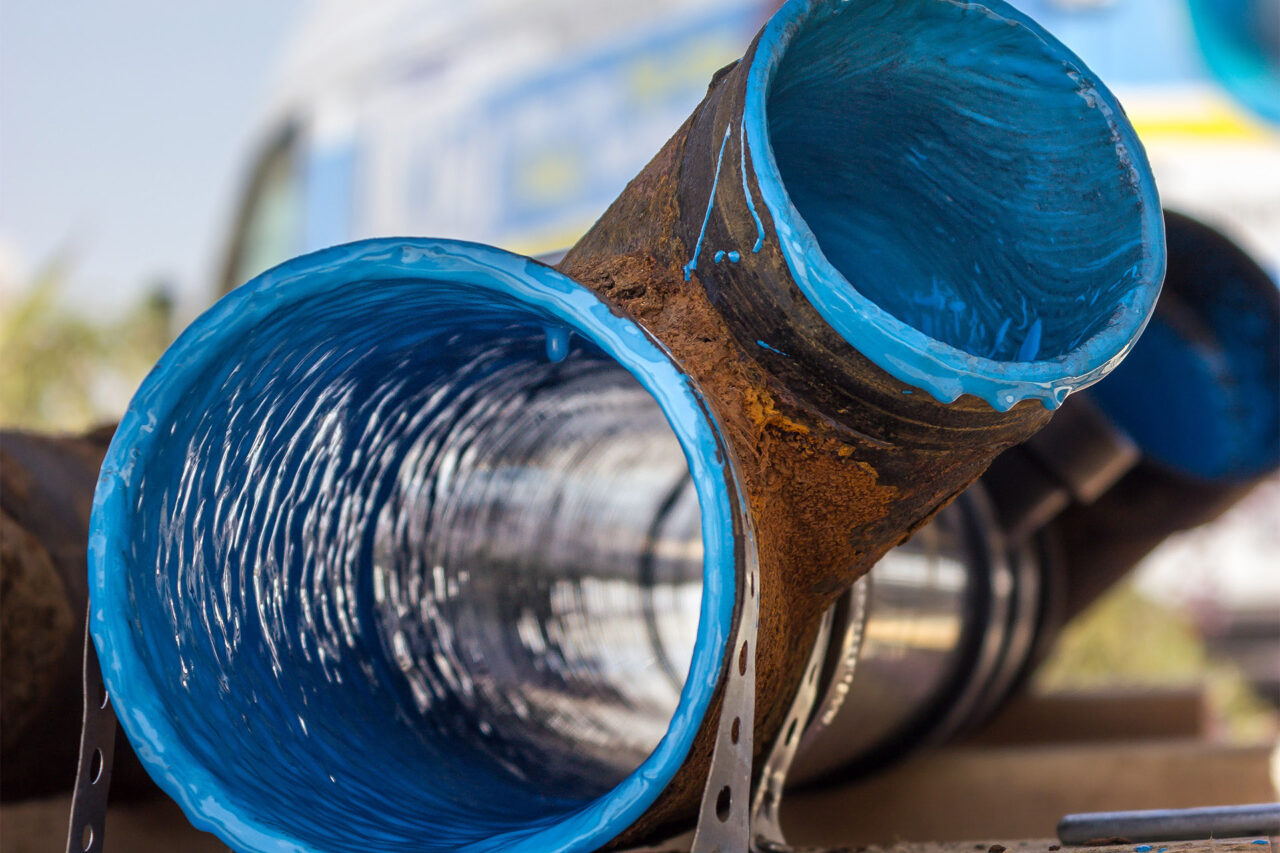How Long Do Sewer Lines Last? Insights from Almco Plumbing, San Diego
The lifespan of sewer lines is something most homeowners rarely think about—until a problem arises. Yet understanding how long these essential underground pipes typically last can help you plan ahead, avoid costly emergency repairs, and protect your property. In San Diego, where coastal soil conditions, mature landscaping, and seismic activity all play a role, knowing what to expect from your sewer system is especially important.
In this article, we’ll explore how long different types of sewer lines last, the local factors that can shorten or extend their lifespan, and how San Diego homeowners can spot signs of trouble early. Whether you’re maintaining an older home or managing a newer property, a little knowledge now can save a lot of stress later.
Contents
Typical Lifespan of Sewer Lines
The lifespan of a sewer line depends largely on the material it’s made of. In San Diego, you’ll find a mix of old and modern piping systems due to the city’s diverse range of home ages and neighborhoods. Below is a breakdown of the most common sewer pipe materials found in the area and their typical lifespan:
- Cast Iron (50–75 years): Cast iron is commonly found in homes built before the 1970s. It is durable but prone to corrosion, especially in San Diego’s coastal environment, where salty air and moisture can accelerate rust.
- Clay (50–60 years): Often found in older neighborhoods like Mission Hills or South Park, clay pipes resist chemical corrosion however, they are vulnerable to cracking, root intrusion, and shifting soils.
- Orangeburg (30–50 years): This bituminized fiber pipe was used in the mid-20th century, but it is now considered obsolete. It deteriorates faster than other materials and is often the source of sewer issues in homes built between the 1940s and 1970s.
- PVC (75–100+ years): The modern standard for sewer lines, PVC is used in most newer San Diego homes. It is resistant to corrosion and root damage. When installed properly, PVC can last a century or more.
- ABS (75–100+ years): Similar to PVC, but more rigid, ABS piping has been used in residential and commercial construction. While durable, ABS can be prone to cracking if exposed to direct sunlight before installation.
Knowing what kind of sewer line you have and how old it is can give you a clearer picture of its remaining lifespan. If you’re unsure, a simple camera inspection can provide helpful insight.
Factors Affecting Sewer Line Longevity
Even the strongest sewer line materials won’t last forever, especially when you consider how they’re used and the environment. In San Diego, several factors can affect how long your sewer line lasts:
- Soil Conditions: San Diego’s soil types vary widely, including areas rich in clay and others with sandy soils. These soils can change over time. Soils with a lot of clay can put pressure on underground pipes, which can cause them to crack or become misaligned.
- Tree Roots: Many older San Diego neighborhoods have mature trees, but their roots can cause problems for sewer lines, especially clay or cast iron ones. Roots naturally seek out moisture. They can find their way into small cracks in old pipes. This can cause blockages or damage to your home.
- Seismic Activity: Southern California often has earthquakes. Even small shifts in the ground can damage pipes that are buried underground. Over time, these movements can cause small fractures or separations in the joints.
- Corrosive Environments: Proximity to the coast increases soil moisture and salt content, which accelerates the corrosion of metal pipes like cast iron. Houses near the beach, like those in La Jolla or Ocean Beach, are especially impacted.
- Poor Installation or Repairs: Sewer lines that were not installed properly, or were fixed using methods that are no longer effective, may wear out more quickly. The slope, sealing, and material choices all play a critical role in how well a sewer system performs over time.
- Household Habits: What you flush and pour down the drain matters. Grease, so-called “flushable” wipes, and harsh chemicals can all damage your pipes. Over time, these materials can cause problems like buildup, corrosion, or clogs that reduce the system’s lifespan.
Staying aware of these factors and scheduling periodic inspections can prevent unexpected sewer line failures.



